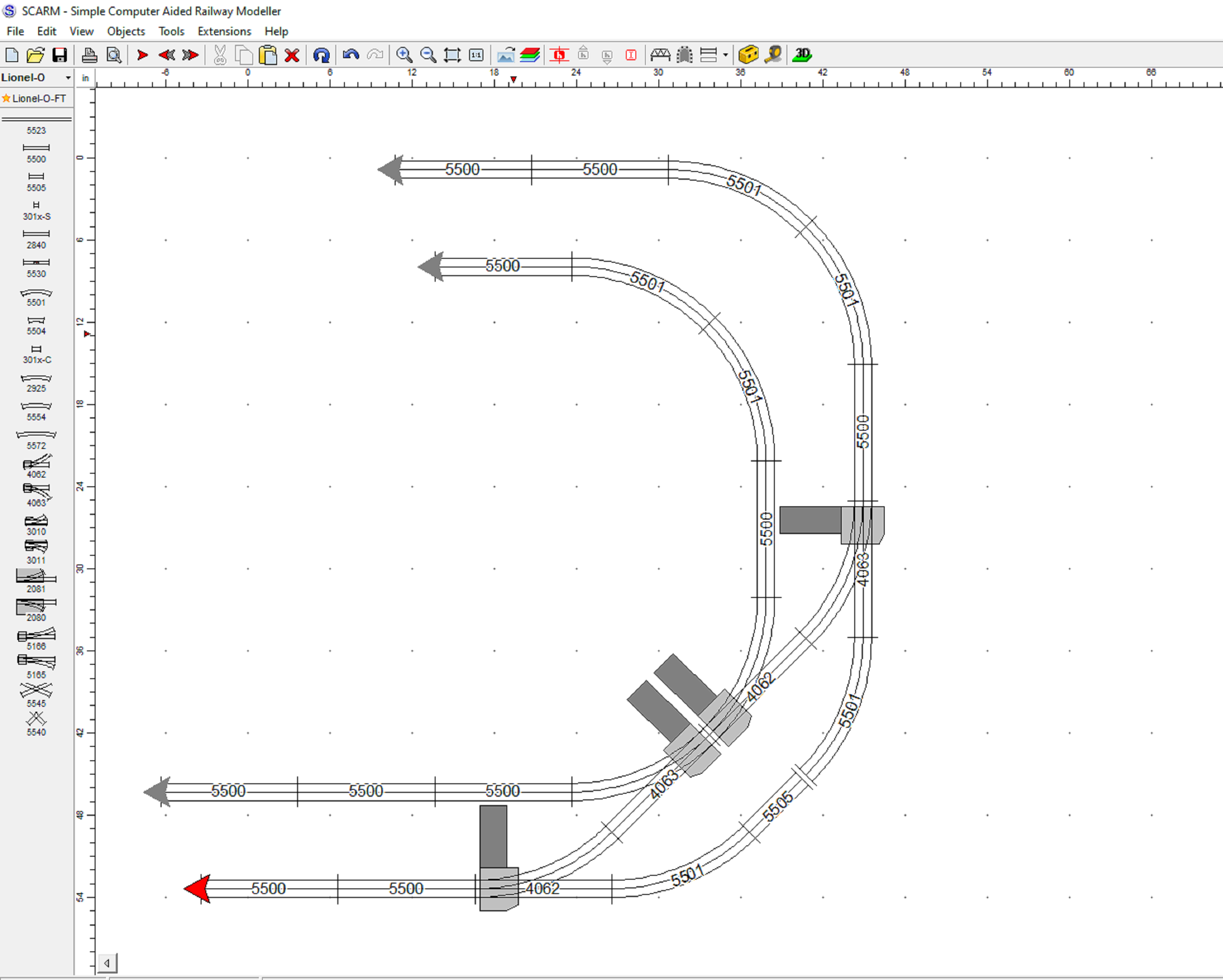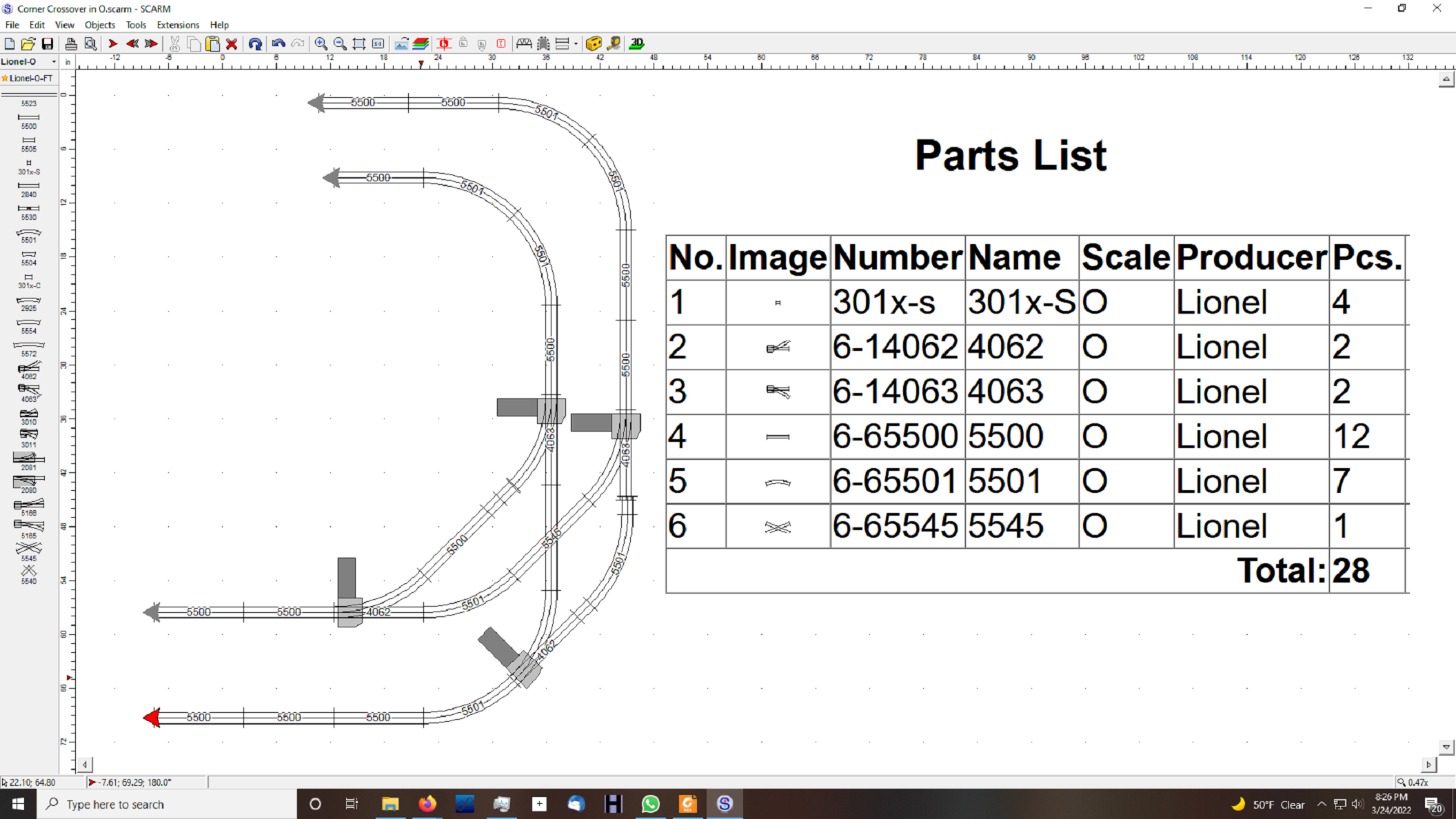Newby needing assistance/reference recommendations: I am building a Conventionally Controlled, PW, O-Guage, 3-rail, tubular track (Lionel 0-31) layout (5'X10'), see below sketch. There are two, concentric main line loops connected via four (4) turnouts, connected back-to-back, forming a "bell" curve shape between the two mains. I plan to use a PW Lionel ZW transformer to power the two mains (A-U and D-U terminals) with separate "hot" busses. Accessories, lights and turnouts will have separate "hot" busses powered by a combination of other transformers and the constant voltage terminals on the ZW. I will be wiring in bi-directional, TVS diodes and fast circuit breakers as described elsewhere in the Forum. Can you kindly recommend a wiring book or books, that will guide me thru the wiring and insulating pin locations in of this conventionally controlled layout? I am most confused about how to wire/insulate the four (4) turnouts separating the two mains, while maintaining the anti-derailing feature of the turnouts. The recent wiring books I have looked at seem to focus on digital control methods (MTH or Lionel) instead of the conventional methods that I wish to run. Many thanks.
Original Post
Replies sorted oldest to newest









